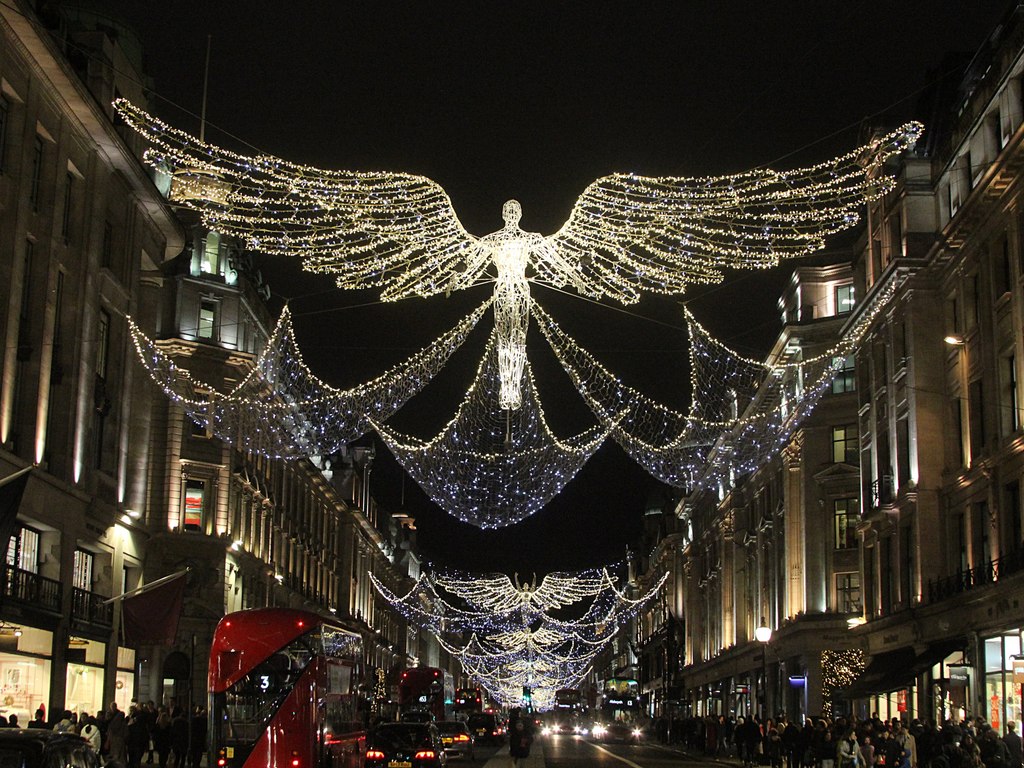The London Underground map is more than a guide for navigating the city. It’s a symbol of design ingenuity, a cultural icon, and a tool that has reshaped how urban transport is visualised worldwide. From its early, chaotic beginnings to the sleek, stylised design we know today, the story of the Tube map is as dynamic as London itself.
The Birth of London’s Underground
The London Underground, affectionately known as “The Tube,” began operations in 1863. It was the world’s first underground railway, and its opening marked a new era in urban transport. The original line stretched just six kilometres, connecting Paddington to Farringdon. These early trains, powered by steam engines, filled the tunnels with smoke, making the experience exciting yet unpleasant
With the expansion of the network, the need for a practical map became evident. Early designs were geographically accurate but difficult to read due to the city’s dense layout. Stations appeared cramped, and the sprawling lines were hard to follow
The Genius of Harry Beck
In the 1930s, Harry Beck, a draftsman with a keen eye for design, revolutionised the Tube map. He recognised that passengers cared more about the order of stops and connections than exact geography. Inspired by electrical circuit diagrams, Beck introduced a schematic design with straight lines, 45-degree angles, and evenly spaced stations.
Beck’s map was first published in 1933. Initially met with scepticism, it quickly became a hit with commuters due to its simplicity and clarity. It represented all lines with distinct colours and enlarged the central London area, where most stations were concentrated
Evolution Over the Decades
The Tube map has undergone numerous updates since its inception. Each change reflects the network’s growth and London’s changing needs:
- 1940s: The introduction of new symbols, including diamonds for interchange stations.
- 1960s: Harold Hutchison updated the map with sharper angles and additional features, though this departure from Beck’s style was short-lived.
- 1981: Zonal boundaries were introduced, helping passengers understand fare structures
The most recent additions include step-free access indicators and expanded services like the Elizabeth Line. Today’s map is a culmination of over 150 years of evolution, retaining Beck’s design principles while adapting to modern requirements.
Why the Tube Map Matters
The map’s significance extends beyond its functional use. It has influenced graphic design globally, inspiring transit maps in cities like New York, Tokyo, and Paris. Its minimalist style is now a standard in urban transport design.
Cultural significance also plays a role. The map has become a symbol of London, featured in art, merchandise, and even fashion. It’s more than a navigation tool—it’s a piece of living history
Tips for Navigating with the Tube Map
Using the map effectively requires understanding its layout:
- Know Your Lines: Each line is colour-coded, making it easy to identify routes.
- Mind the Zones: London is divided into fare zones; most tourist destinations lie in Zones 1 and 2.
- Interchanges: Large circles indicate stations where multiple lines connect, simplifying transfers.
Modern apps complement the map by offering real-time updates on delays and closures, but the printed version remains a reliable companion.
Challenges and Criticism
While widely celebrated, the map has faced criticism over its geographic inaccuracy. Critics argue that it distorts distances, leading some to walk unnecessarily long routes above ground. Efforts to create geographically accurate versions have been made but never gained widespread use due to their complexity.
Looking Ahead
The Tube map continues to evolve. With ongoing expansions like the Northern Line extension and upgrades to accessibility, future iterations will undoubtedly integrate these changes while preserving its iconic style. Technology may also play a larger role, with interactive and augmented reality features potentially enhancing the map’s utility.
Final Thoughts
The London Underground map is more than just a guide—it’s a masterpiece of design, a cultural icon, and a symbol of the city’s innovation. Whether you’re a commuter navigating daily life or a visitor exploring London, the map is an essential companion, helping you traverse the city with ease and style.


